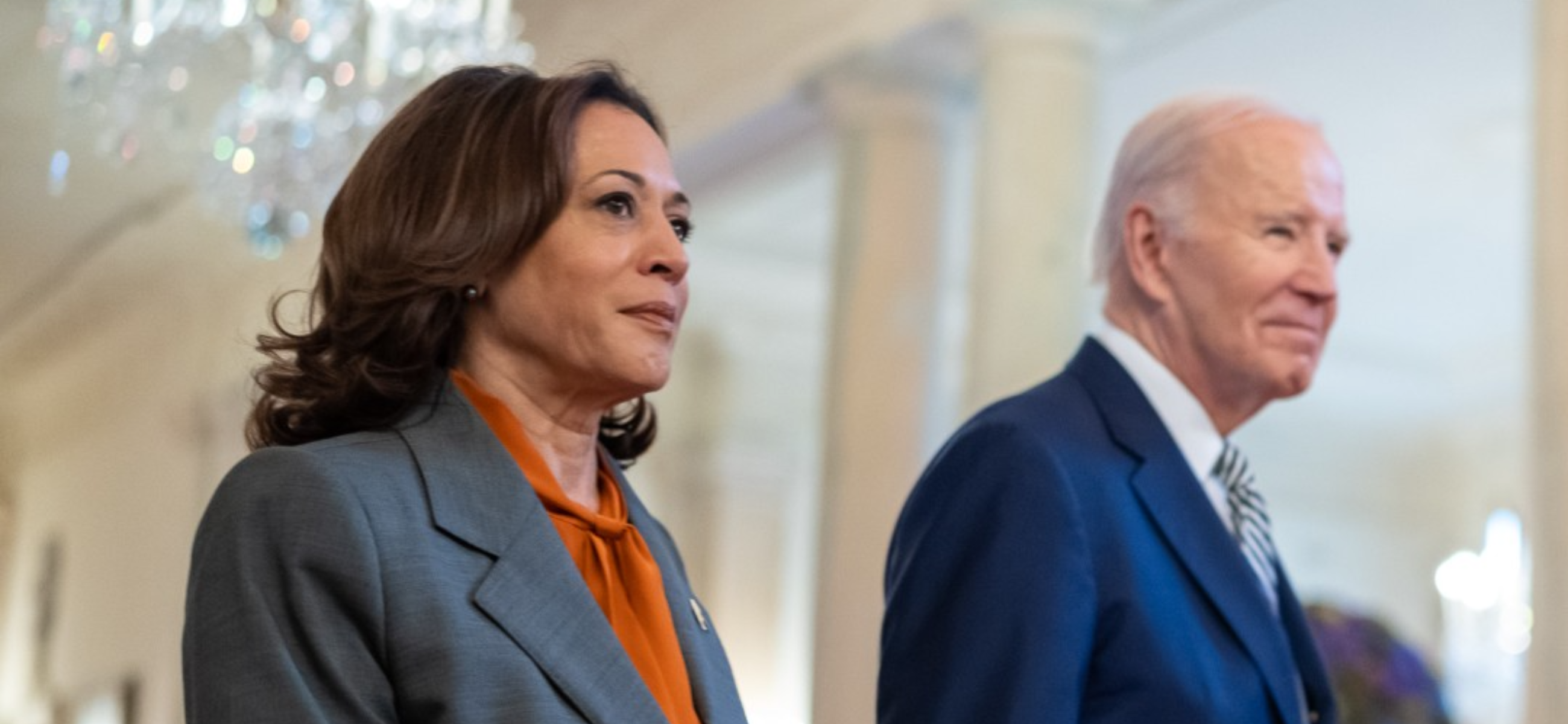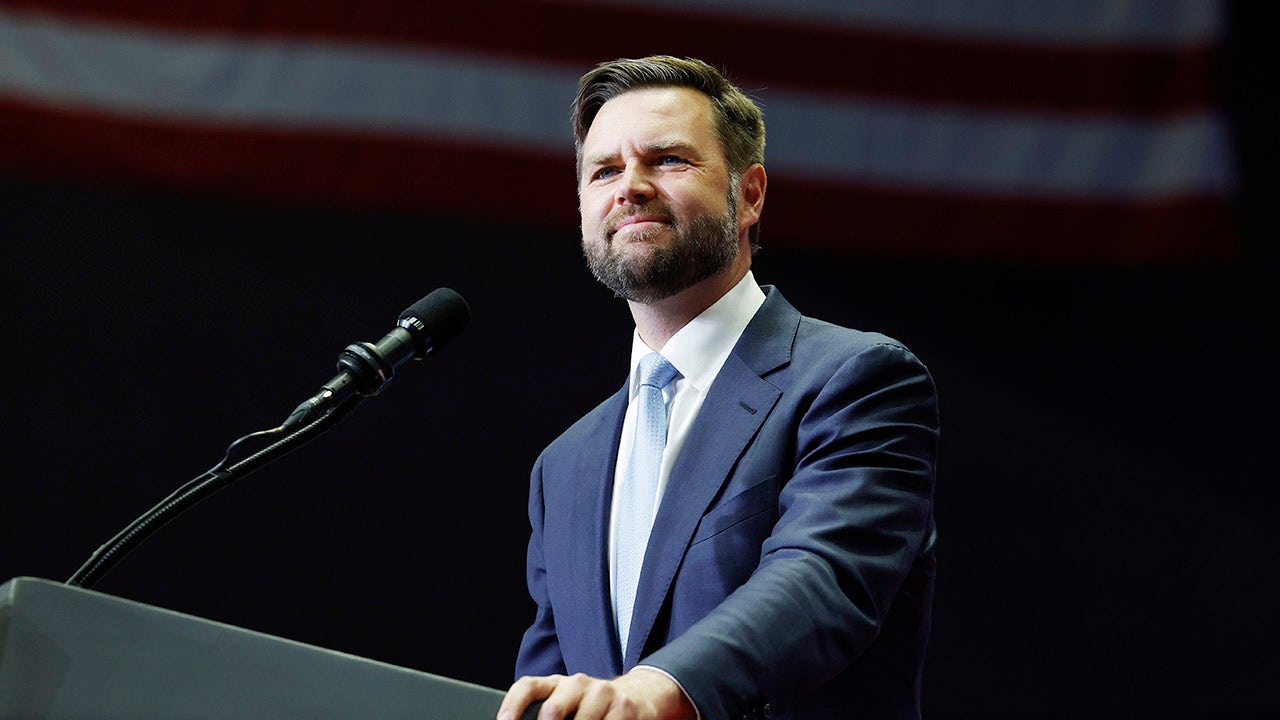North Dakota
35.2% of North Dakota adults are obese, above the national average and up nearly 15% from 2000

GRAND FORKS – Mirroring a national trend, obesity rates are up nearly 15% over the past two decades in North Dakota, a rate slightly higher than the national average.
In 2021 – the most recent year of data – North Dakota’s obesity rate stood at 35.2%, slightly above the national average of 33.9%, according to the United Health Foundation (UNH), making North Dakota the 32nd-heaviest state in the nation. Neighboring Minnesota and South Dakota rank 20th and 42nd, respectively, with obesity rates of 23.4% and 38.4%.
The UNH defines obesity as having a body mass index — a metric accounting for an individual’s height and weight — above 30. Nationwide, that number has risen 6.4% since 2010, 13.9% since 2000 and 22.6% since 1990, the last year of data available.
North Dakota has seen similar trends. The state’s obesity rate has increased by 7.3% since 2010, 14.8% since 2000 and 23.1% since 1990.
Dr. Eric Johnson, a family medicine physician specializing in diabetes and obesity treatment for Altru Health System, said obesity is driven by a wide range of factors.
”Obesity appears to be a fairly complicated disease, and we know a lot more about it than we did 25 or 30 years ago,” Johnson said. “Some people seem to be genetically predisposed, and add that together with other risk factors — like sedentary lifestyle or poor eating habits — and those are some of the biggest drivers in the United States over the last couple of decades.”
One area of particular concern for North Dakota is its obesity rate among adults aged 65 and older, which at a rate of 35.6% ranks it 47th in the nation. Johnson said this trend is something he has noticed within his practice.
“I’ve been here 30 years, and it’s very evident that obesity has increased among all age groups, but that does seem to be an age group where we’ve seen particularly steep increases,” he said.
North Dakota’s best performing metric was childhood obesity – which measures the percentage of obese children aged 10-17 – where it tied New Jersey for 11th place with a rate of 29%, below the national average of 33.5%. However, Johnson said it is extremely important to address childhood obesity due to the litany of health problems it poses.
“Obesity is a very deadly set of diseases, such as heart disease, stroke and Type 2 diabetes,” he said. “Many people don’t know that obesity is strongly tied to certain cancers. With children, if they have a lifetime of obesity, their chances of having one or more of these conditions is pretty substantial.”
As obesity rates have gone up, health care costs associated with treating obesity and related illnesses have also risen, Johnson said.
“This is an expensive disease,” he said. “We spend nearly $200 billion annually in the United States to care for individuals with obesity and obesity related illnesses. Individually, it’s about $2,000 more per year in health care costs for persons with obesity compared to an individual the same age who is not obese.”
There are steps individuals can take to address obesity in their own lives, Johnson said. To start, eating a healthy diet is paramount.
“Our society eats a lot of processed and fatty foods,” he said. “We need to do more with what we’re doing in our lifestyle. Within our health care system at Altru, we have a full complement of dietitians and nutritionists who can help patients with their eating habits and lifestyle patterns. I think some people think a dietitian is going to tell them ‘you can’t eat this or that,’ but it’s really much more sophisticated than that.”
Johnson pointed to myriad fitness centers and outdoor recreation areas — such as the Greenway — that Grand Forks offers. He believes the offerings give the community an advantage over the rest of the state.
He also emphasized the importance of year-round physical activity.
“I think it’s very important for kids and adults with obesity to be active,” he said. “That can be 30 minutes three times per week, or maybe even a little less to get started. I have a lot of patients who may be very active when the weather is good, but when we get into peak winter weather that seems to fall off. You need to have a winter plan.”
Johnson said he advises his patients to tailor their exercise toward activities they are comfortable doing.
“I have my patients seriously think about a piece of exercise equipment they will actually use,” he said. “If you have arthritis in your knees, then walking is probably not a good recommendation, but riding a recumbent bike or joining a fitness center might be. This can be a good family outing, and something you can do year-round.”
Banish covers news pertaining to K-12 and higher education, as well as county commission coverage.

North Dakota
Applications now available for 2024 North Dakota swan license

BISMARCK – Hunters can now apply for a 2024 North Dakota swan license
on the Game and Fish Department’s website
at gf.nd.gov, the department said Monday, July 22.
North Dakota residents and nonresidents are eligible to apply. The resident swan license is $10, while the nonresident fee is $30. The application deadline is Aug. 21.
North Dakota’s statewide tundra swan hunting season opens Sept. 28, and 2,200 licenses are available. Successful applicants will receive a tag to take one swan during the season. Since swans are classified as waterfowl, nonresidents may hunt them only during the period their nonresident waterfowl license is valid.
All swan hunters, regardless of age, are required to have a general game and habitat license when applying. In addition, nonresidents must have a waterfowl license, and residents 16 and older need a small game or combination license.
North Dakota
Zebra Mussels In North Dakota Lakes: Will It Really Be That Bad?
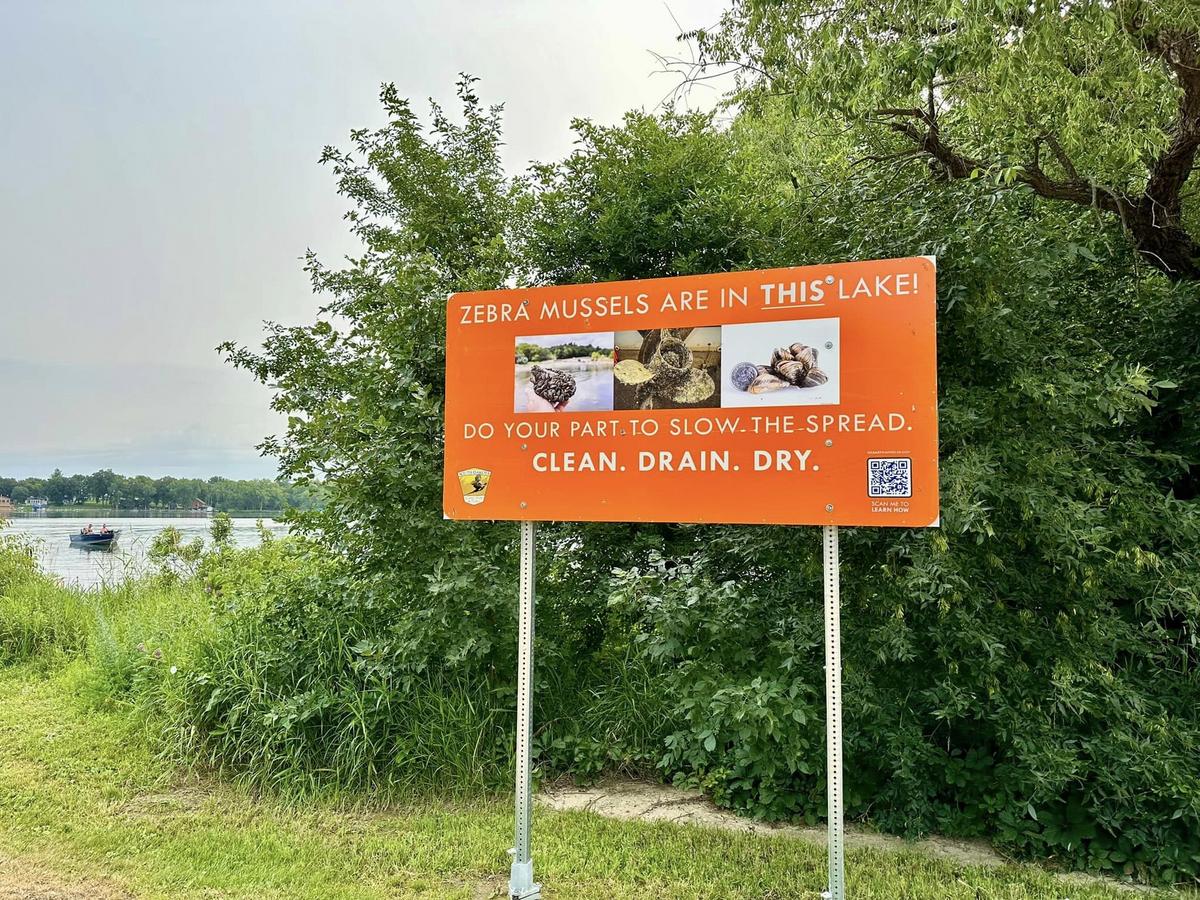
Zebra mussels are going to ruin all of our lakes right?
Okay, I know I’m going to take some heat on this, but here goes. We’ve been hearing about zebra mussels for a long time now. How they will destroy ecosystems, ruin beaches, clog up water intakes, compete with native species, etc.
You’ve seen the commercials and billboards from North Dakota Game and Fish, “Clean, Drain and Inspect.” Zebra mussels are a problem, but is it really all doom and gloom? More on that in a moment.
Zebra mussels are now in several North Dakota lakes and rivers, and you can bet more will be added in the future.
They include the Red River, Lake LaMoure, Lake Ashtabula, Lake Elsie, the James River, and the Sheyenne River all in eastern North Dakota.
So far western North Dakota has been spared, but you can bet zebra mussels are coming. Here’s a map and more on ANS-infested waters in North Dakota.
Humans are considered the primary transporter of zebra mussels, but there are other spreaders. According to Researchgate, waterfowl can transfer zebra mussels at the larvae stage.
What are we going to do about millions of migrating waterfowl each year? Not to mention other shorebirds, reptiles, and even mammals.
I’m very familiar with zebra mussels. I have a cabin on Enemy Swim Lake in northeast South Dakota. We’ve had zebra mussels present in the lake now going on for 3 years.
(A very small zebra mussel that was found on our beach this past weekend.)
Enemy Swim is located about 5 miles south of Pickerel Lake in South Dakota. Pickerel Lake has had zebra mussels for a few years longer than my lake.
Despite joint efforts from Fish and Game, cabin owner volunteers, and interns from Fish and Game with inspection points at the boat ramp, zebra mussels still found their way into my lake. I know we all did our part to prevent it, but I sometimes think that eventually, nature will take its course.
Will zebra mussels really ruin a lake?
There’s a lot of big claims and theories out there. No doubt it will affect your beach life. You will have to wear water shoes because zebra muscles can be sharp and could cut your feet. I know I swim with my water shoes normally anyway, as I don’t like creepy crawlies touching my feet in the water.
Will zebra mussels cause your lake property values to crash?
To be honest, no sign of that anywhere. Much of Minnesota’s lakes are infested with zebra mussels. People are still spending millions of dollars for cabins on Minnetonka, Pelican, or Detroit Lakes area lakes.
Even Pickerel Lake, next to my lake has people snatching up some very expensive million-dollar cabins. You can’t even find a cabin for sale on my lake. According to swnewsmedia, there’s no link between a drop in property values and zebra muscles.
Zebra mussels will actually clear up the water they infest.
This might improve the fishing, depending on the lake. Species like Smallmouth Bass, Perch, Walleyes, and even panfish are known to gorge on zebra mussels. You might catch bigger fish because of this.
With cleaner water means you will have more sunlight and more vegetation in the lake. Again, this is thought to improve the size of the fish. Fish will have more places to hide and grow bigger. It may cause anglers to adapt to new strategies to catch fish. In some cases, it could make fishing more difficult.
As far as whether zebra mussels will destroy the ecosystem of lakes?
I’m going to come right out and say it. I think this is highly exaggerated. I’m not a biologist and don’t claim to be one.
Zebra mussels have been in the Great Lakes since the 1980’s. The Walleyes and Smallmouth Bass have never been bigger. People are still catching fish and lakes are still alive.
Zebra mussels have been in Minnesota lakes now for decades and the cabin owners I know say nothing has changed except a little extra cleaning on the docks when they pull them out each year.
Lakes like Lake of the Woods, Mille Lacs, and all of the lakes around Detroit Lakes are still alive and well.
Let’s face it: Even the highly prized Walleye is an invasive species to lakes in our area.
In conclusion:
When zebra mussels reach your favorite lake it will certainly change the ecosystem. Your “lake life” will likely have to adapt to some necessary changes.
However, will zebra mussels turn your lake into a barren wastewater? I don’t think so. Adapt or die. That’s life in a nutshell.
Do I want zebra mussels in our lakes? No, of course not. However, I’m being realistic. Sometimes you have to look for the good with the bad.
North Dakota’s Top 11 Lakes According To Our Fans
Plant Some Of These In Your Garden to Keep Mosquitoes Away
Gallery Credit: Michelle Heart
North Dakota
Color of Hockey: Rangers prospect Emery 'comfortable' heading to North Dakota | NHL.com
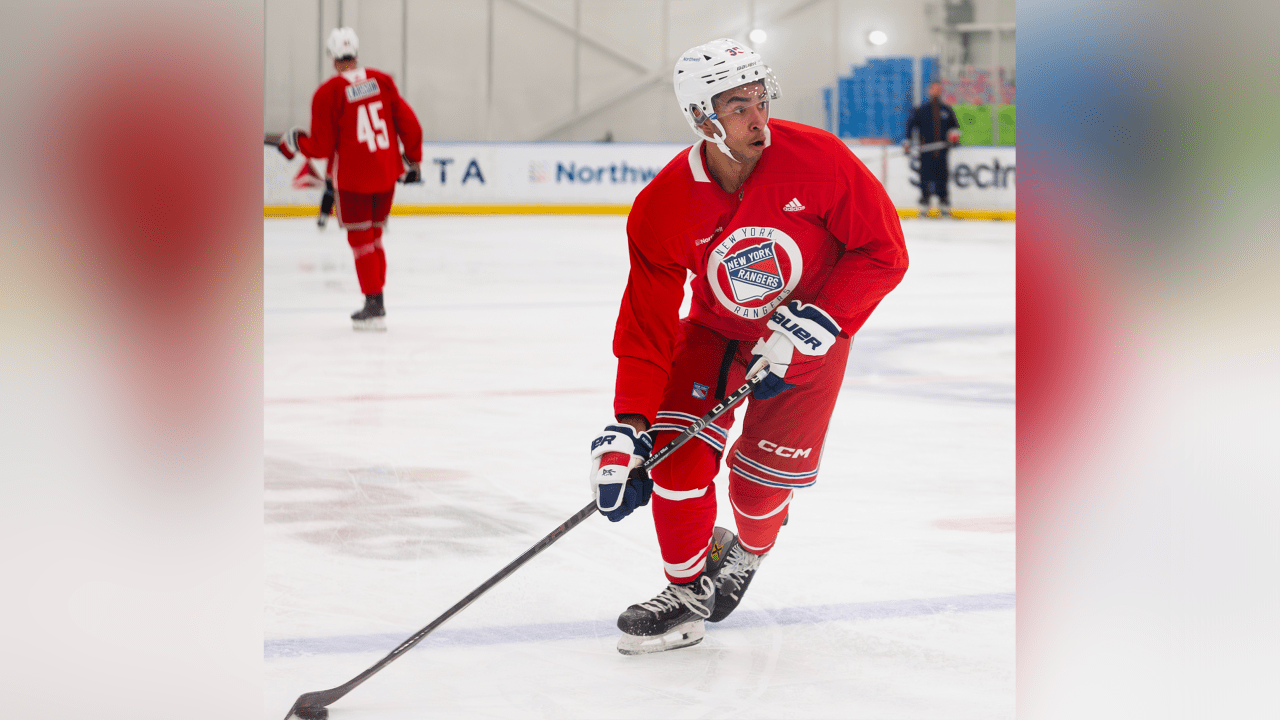
Murphy played quarterback for North Dakota from 1960-62 and was its coach from 1978-79. He left a lasting impression on Eric Emery, especially after Cal Fullerton went 12-0 in 1984. Murphy died Oct. 29, 2011.
“I guess I kind of transported into EJ, the sense of respect I have for Gene Murphy and what he did for us at Cal Fullerton,” said the elder Emery, who went on to become a linebacker for the BC Lions, Calgary Stampeders and Ottawa Rough Riders of the Canadian Football League from 1985-87.
“He brought us together and he actually told us that we were going to be champions because he saw the capability in us. I just had to have him (EJ) go look at North Dakota because Gene came from there and a lot of his coaches that he brought with him came from there and they were such good guys. So I figured North Dakota must have something going on.”
There’s also a North Dakota connection between the younger Emery and NTDP coach Nick Fohr, who was born and raised in Grand Forks and regularly attended UND games with his father Roger, who was an off-ice official right up until when he died of cancer in January 2023.
“Oh yeah, we talked about it, for sure,” Fohr said. “Pretty cool place for me and it’s pretty cool to have somebody like EJ interested in that place.
“When people think of an EJ Emery, a Black kid that that’s looking to play hockey, rarely are they going to place him in North Dakota, right? We had some really good conversations about the city, the town and what it’s like. From talking to EJ and his family, they (UND) did a really, really, really good job in the recruiting process in making him feel comfortable, letting him see what it’s like and meeting some football players and other people. It just felt like home to him is how I took it.”
North Dakota hockey coach Brad Berry said Emery had been on the team’s radar since he played for Yale Hockey Academy in Abbotsford, British Columbia, in 2021-22.
“When we got to the recruiting process, he got to know us, we got to know him and it felt comfortable,” Berry said. “When we recruit players, we have a criteria of what we want in a player: It doesn’t matter where you come from or who you are. It matters what you are as a person, and he checked every box that we had.”
Emery (6-foot-3, 183 pounds) is UND’s first Black player since Akil Adams, a defenseman who appeared in 18 games from 1992-94.
North Dakota has had diverse rosters since. Washington Capitals forward T.J. Oshie, a United States-born player who is Indigenous, played there from 2005-08. Center Jordan Kawaguchi, a Canada-born player of Japanese ancestry, played for UND from 2017-21 and was team captain in his final season.
Emery’s selection by the Rangers and commitment to North Dakota delighted Adams, who played in the minor leagues and Germany after he left the university.
“I’m still a North Dakota guy through and through,” said Adams, who lives in Detroit. “He’s definitely in the right place and I’m happy to see that there’s actually somebody else there. I just think it probably speaks volumes about the kind of player he is.”
-

 Politics1 week ago
Politics1 week agoTwo key states to see massive GOP voter registration operation
-

 World1 week ago
World1 week agoJapan, Germany agree to boost security cooperation in Pacific
-

 News1 week ago
News1 week agoWhy the next president's judicial appointments will impact climate action
-
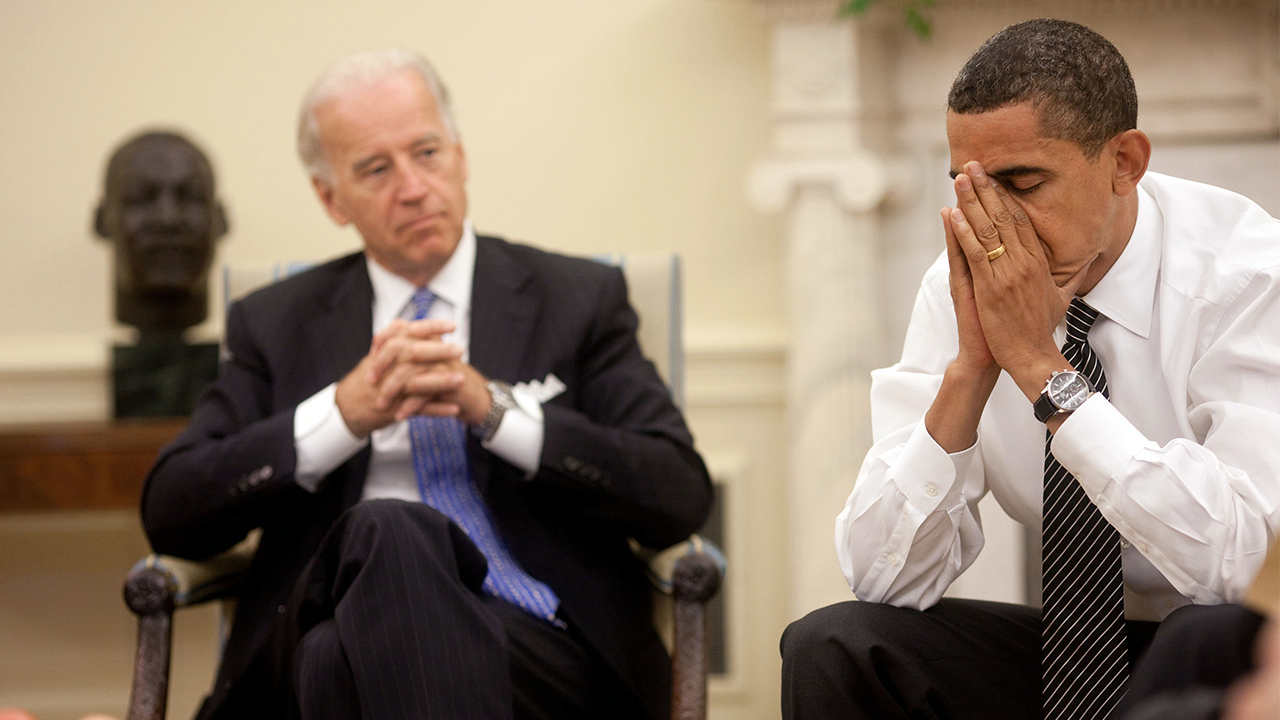
 Politics1 week ago
Politics1 week agoYearslong tensions boil over as ex-Obama staffers gang up on Biden: 'Clooney was exactly right'
-

 News5 days ago
News5 days agoIn Milwaukee, Black Voters Struggle to Find a Home With Either Party
-

 News1 week ago
News1 week agoVideo: Biden Asks America to ‘Lower the Temperature’
-

 World1 week ago
World1 week agoUkraine: shelling in Kherson leaves at least two people dead
-

 Politics1 week ago
Politics1 week agoBiden tells Michigan crowd he's 'not going anywhere' amid chants of 'don't you quit'

